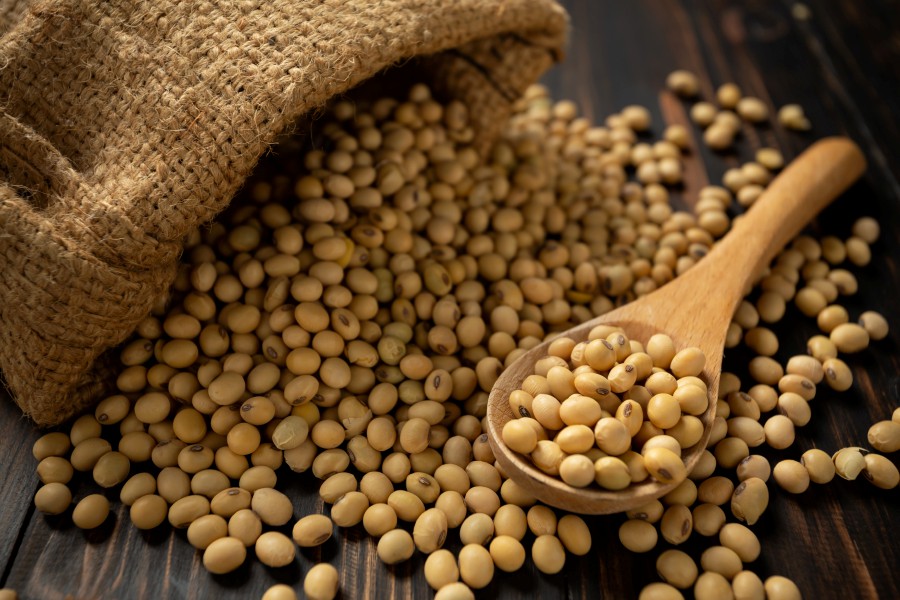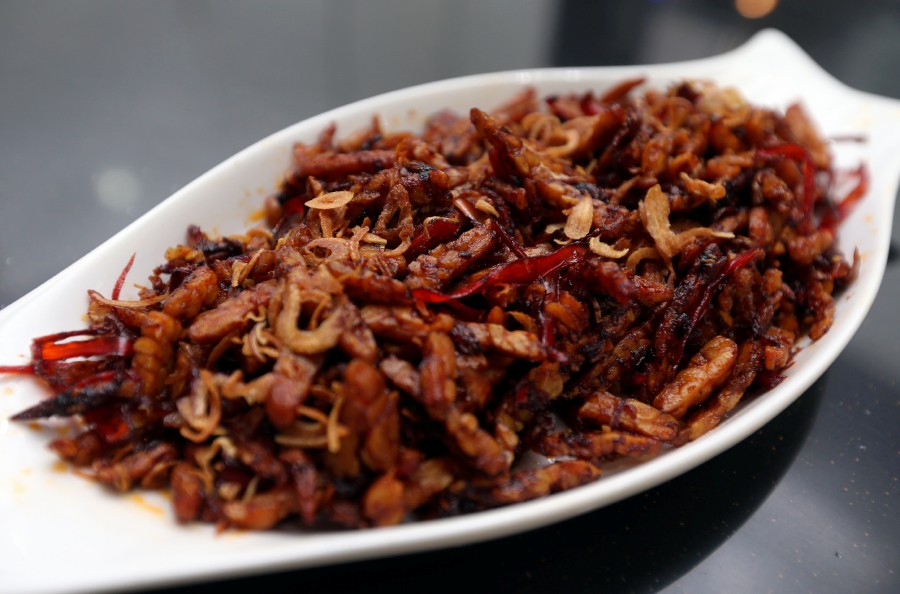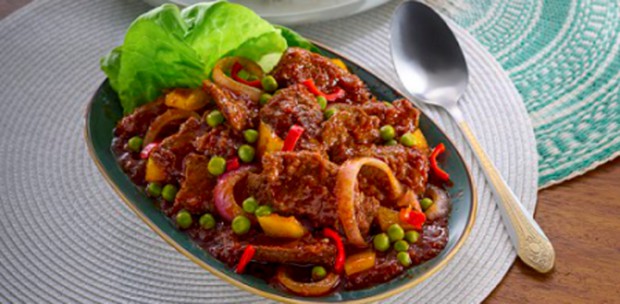Packed with nutrients, this traditional ingredient is a great addition to dishes, writes Indra Balaratnam
WE all know tofu well but not its cousin, tempeh.
Tempeh is cooked whole soybeans that are then lightly fermented by an edible mould culture to give it its unique nutty flavour. The lightly fermented soybeans are then pressed into rectangular blocks, packed and sold.
Going by appearance, raw tempeh is not the prettiest fresh produce on the supermarket shelf. But don’t let its plain appearance fool you into disregarding it the next time you go grocery shopping.
It is a very versatile ingredient and full of good nutrients for your body.
BUDGET-FRIENDLY FOOD
Nutritionally, 100g of tempeh provides us with 193 calories, 11g of fat, 19g protein, 9g of carbohydrates and zero cholesterol.
It’s also a good source of key vitamins and minerals that support good health such as potassium, magnesium, iron, calcium, vitamin B6 and antioxidants.
With its high protein quality, tempeh is a cost-effective substitute for meat in our meals.

QUALITY PROTEIN
Tempeh is recognised as a complete plant protein because it adequately provides all the nine essential amino acids our body requires.
Amino acids are the basic unit of protein and there are a total of 20 amino acids that we need to grow and function healthily. Our body can only generate 11 types of amino acids. This means the remaining nine essential amino acids that our body cannot produce must come from our diet through food that contains protein.
Tempeh is a protein-rich food and a good alternative to animal protein.
EASY ON YOUR HEART
Fatty cuts of animal meat are high in saturated fat, the type of fat that we need to be mindful of as too much of it is bad for our heart.
Heart disease is one of the main health concerns among Malaysians. Our diet and lifestyle are things we can control if we want to prevent heart disease.
The saturated fat content in tempeh is much lower than in a serving of meat. For example, 100g of beef has an average of 9g of saturated fat and chicken has 4g. Tempeh only has 2g.
The Dietary Guidelines for Malaysians recommend that we do not consume saturated fat in excess as it can raise
our cholesterol levels and cause the arteries in our heart to clog up.
A VERSATILE INGREDIENT
Tempeh’s compact and dry structure makes it suited to many different methods of cooking.
For example, it can be thinly sliced for stir-frying, cut into cubes for simmering in curries or stews, cut into chunks for grilling with a marinade, lightly pan-fried or crumbled for a crispy bite.
In many of our local Malay dishes, tempeh is usually deep-fried first and then cooked with spicy sambal or added to a salad like gado-gado.

But try other types of cooking methods and you will be pleasantly surprised to find that you need not deep-fry it all the time.
Heart disease runs in my family, so I am mindful of not deep-frying my food and balancing my meat intake with more plant-based proteins.
So instead of deep-frying tempeh, I cut it into cubes or thin slices and place it
in the oven to grill at 200 degrees Celsius for about 15 to 20 minutes (depending
on the size of the pieces) until they are golden brown.
You can even use an air-fryer if you own one. I then add them to dishes I cook such as fried mee hoon, mixed vegetables, into salads, curries or sambal. You can also look online for tempeh recipes.
Raw tempeh can be stored in your refrigerator for up to two weeks. Wrap it well or keep it in a container to prevent it from drying out. Tempeh is also suitable to freeze, and can last up to six months in the freezer.

*The writer is a consultant dietitian who runs her own practice




